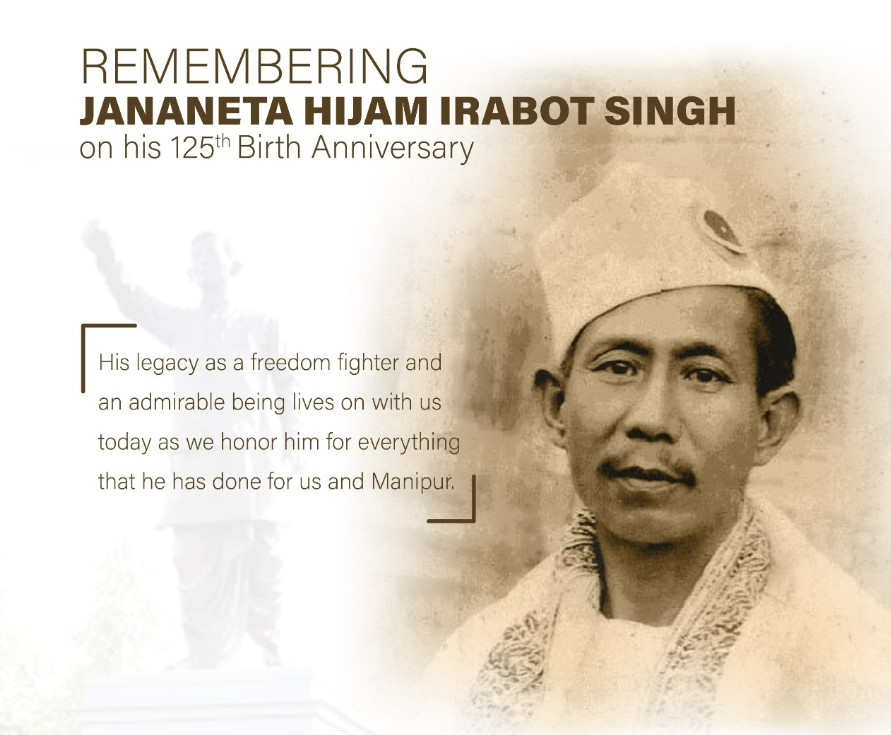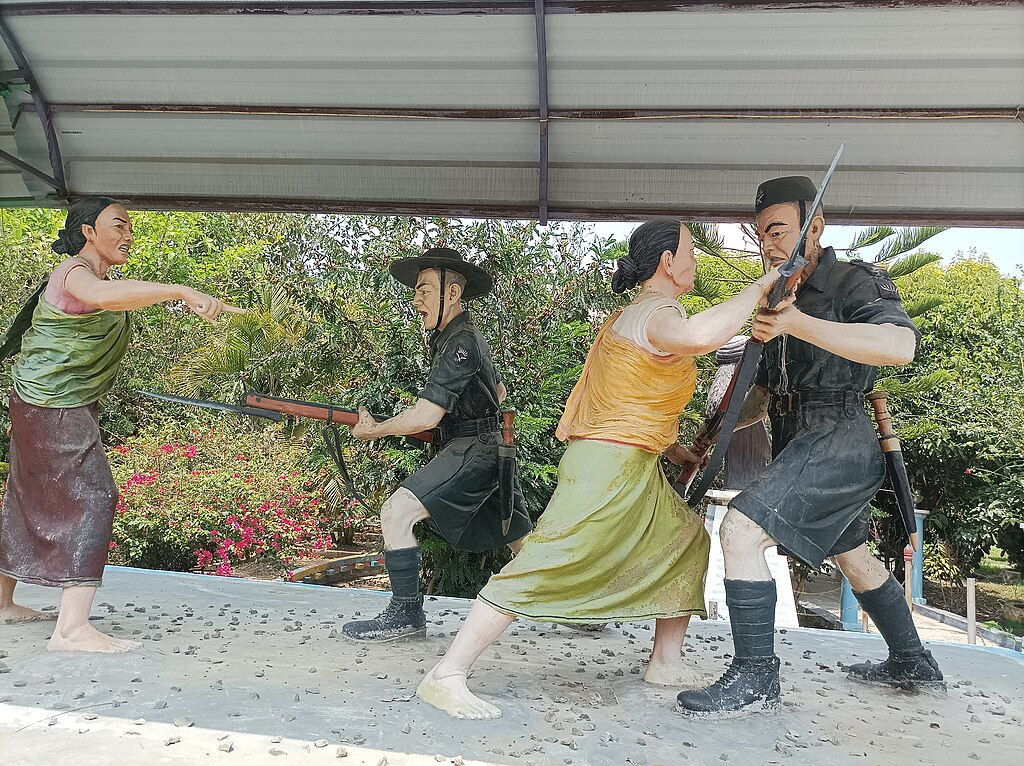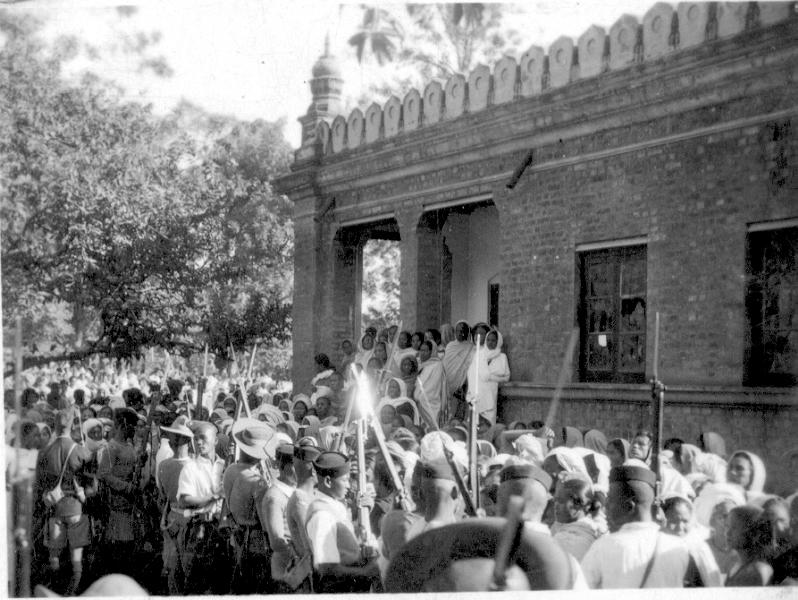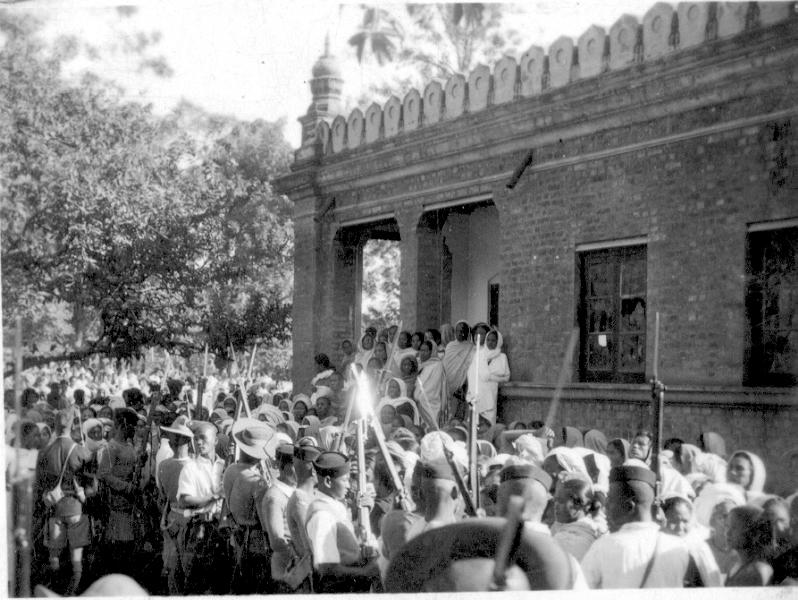Lamyanba Hijam Irabot
The Pioneer of Modern Manipur
A renaissance man who defied categorization - poet, journalist, dramatist, social reformer, and communist revolutionary who transformed from a palace insider to the champion of the oppressed masses.

From Palace to People
Early Life
Born into poverty and orphaned at a young age, Irabot's life took a dramatic turn when he married Princess Khomdonsana and gained entry into the royal court. This paradoxical position as both an insider and outsider shaped his revolutionary consciousness.
Education
Studied at Johnstone School in Imphal and later in Dhaka, though forced to drop out due to financial hardship. Founded student organizations Bal Sangha and Chhatra Sanmelan during his school years.
Transformation
His appointment to the Sadar Panchayat Court gave him a front-row seat to systemic oppression, leading to his eventual resignation and complete dedication to the people's cause.
Multifaceted Contributions
Journalism
Founded Meitei Chanu (Manipuri Woman) in 1922, the first handwritten journal in the region, followed by Anouba Jug (The New Era). Used press as a weapon to awaken political consciousness and advocate for non-cooperation movement.
Literature
First modern poet of Manipur, authored Sheidam Sheireng poetry collection prescribed as school textbook. Literary works gave voice to farmers and workers, depicting their struggles with powerful imagery.
Theatre
Founded Manipur Dramatic Union (MDU) in 1930, designed symbol of two crossed ploughs representing cultivation of cultural landscape. Used theatre to reach masses and embed revolutionary vision in cultural organizing.
Social Reform
Led campaigns against religious exploitation through Mangba-Sengba (pollution-purification) system. Direct assault on corrupt pillars of feudal state's economic and political power.
The Revolutionary
The Second Nupi Lan (1939)
The Second Nupi Lan (Women's War) of 1939 was the catalyst that transformed Irabot from reformer to revolutionary. This mass uprising against artificial famine created by unchecked rice exports by Marwari traders saw Irabot rush back to support the movement, forming Praja Sanmelani when mainstream hesitated.

Communist Transformation
Prison in Sylhet Jail (1940-1943) where he met communist leaders Hemanga Biswas and Jyotirmoy Nandi marked his ideological transformation. His vision became a Socialist Manipur in socialist India free from imperialism, feudal and capitalist exploitation.
Revolutionary Timeline
Born in Imphal
Beginning of life of seminal figure in Manipuri history
Co-founded Nikhil Hindu Manipuri Mahasabha
Began formal socio-political organizing
Transformed NHMM into secular political party
Dropped 'Hindu' from name, demanded legislature, called for Rani Gaidinliu's release
Resigned from Sadar Panchayat
Formally severed ties with state apparatus
Arrested for supporting Second Nupi Lan
Direct confrontation with state led to imprisonment
Imprisoned in Sylhet Jail
Met communist leaders and embraced Marxism-Leninism
Attended first CPI Congress in Bombay
Formalized association with national communist movement
Won Manipur State Assembly election
Achieved democratic mandate from Utlou constituency
Pungdongbam Incident and going underground
Abandoned parliamentary path for armed struggle
Died in Anggo Hills, Burma
Revolutionary pioneer's life ended in wilderness
Historical Gallery




Enduring Legacy
Official Memory
State commemorates September 30 as Jana Neta Hijam Irabot Day
Public Memory
Symbol of ideal leadership, invoked during social and political crises
Continuing Relevance
Vision for hill-valley unity, social justice, and self-determination remains inspiring
Unfinished Revolution
His ideals continue to challenge and inspire new generations
"The struggle of the working class people and the downtrodden for freeing themselves from the shackles of the capitalists and the feudal exploitations"— Hijam Irabot
References & Sources
Primary Sources
- Irabot, H. (1922). Meitei Chanu (Manipuri Woman) - First handwritten journal in Manipur
- Irabot, H. Sheidam Sheireng - Poetry collection prescribed as school textbook
- Irabot, H. Anouba Jug (The New Era) - Political journal
Historical Documents
- Records of the Nikhil Manipuri Mahasabha (1934-1948)
- Manipur State Assembly Election Records (1948)
- British Colonial Administration Records on Nupi Lan (1939)
- Communist Party of India Congress Proceedings (1943)
Academic Sources
- Singh, N. Lokendra (1998). The Unquiet Valley: Society, Economy and Politics of Manipur (1891-1950)
- Parratt, Saroj N. Arambam (2005). The Pleasing of the Gods: Meitei Lai Haraoba
- Shakespear, L.W. Col. (1913). History of Upper Assam, Upper Burmah and North-Eastern Frontier
- Yumnam, Nabakumar (2000). Hijam Irabot: The Patriot and Humanist
Archival Collections
- Manipur State Archives, Imphal
- National Archives of India, New Delhi
- Jawaharlal Nehru Memorial Museum and Library
- India Office Records, British Library, London



0 Comments